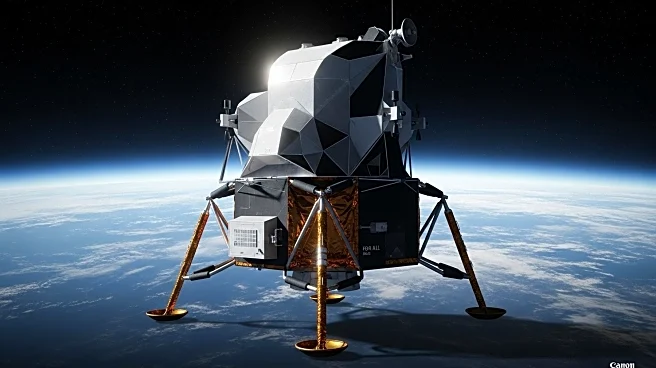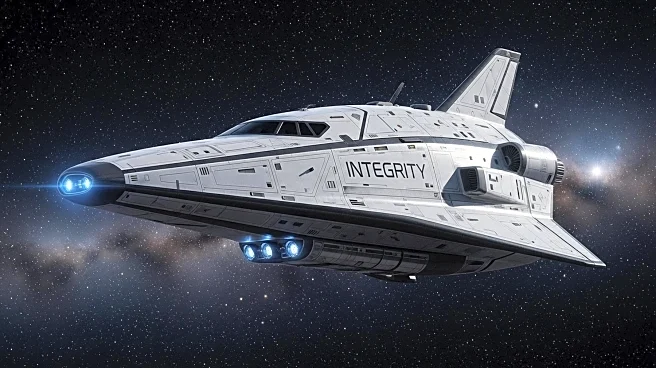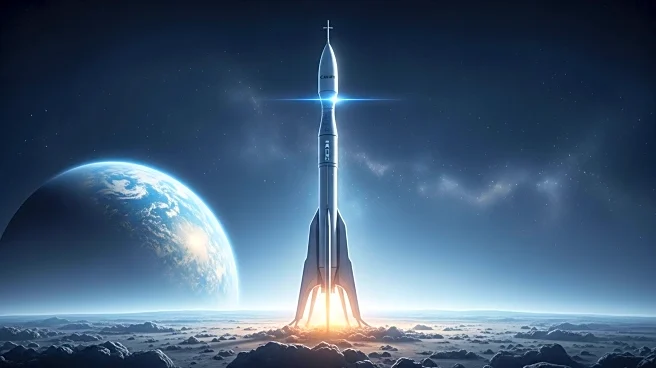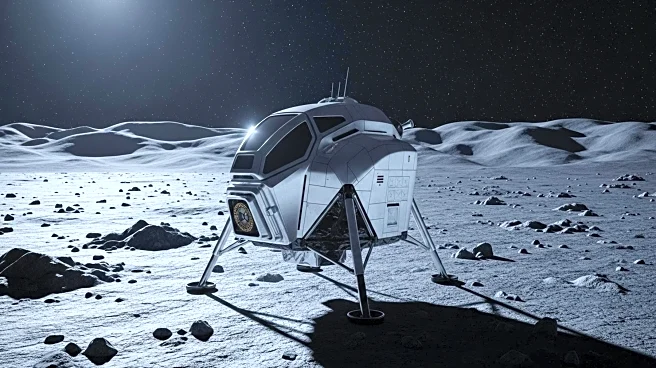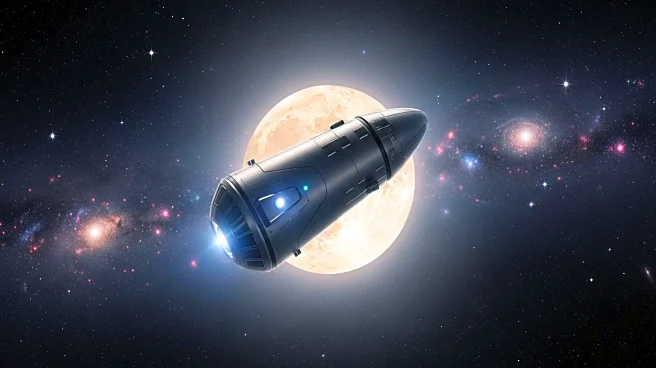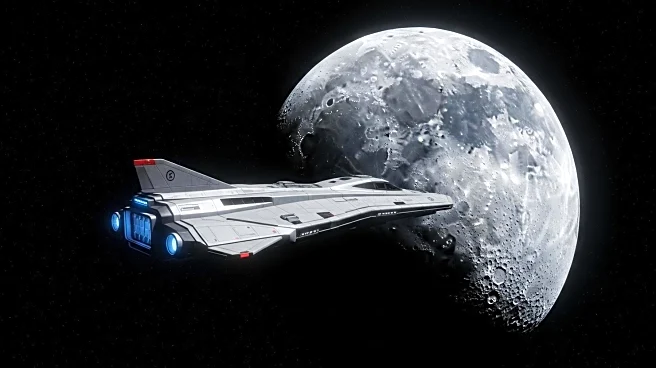What's Happening?
NASA's Artemis II mission is set to launch in February 2026, marking the first crewed Moon mission in 50 years. Commander Reid Wiseman and his team will explore areas of the Moon previously unmapped by Apollo missions. The mission aims to study the lunar surface in detail, with astronauts trained to turn observations into answers for significant scientific questions. The Artemis program seeks to establish a long-term presence on the Moon, paving the way for future Mars exploration. The crew, inspired by past Apollo missions, hopes to bring a message of peace and hope for humanity.
Why It's Important?
The Artemis II mission represents a significant milestone in space exploration, as it aims to rekindle interest in lunar research and inspire a new generation. By studying the Moon's surface, scientists hope to gain insights into fundamental questions about the universe and humanity's place within it. The mission also serves as a stepping stone for future Mars exploration, highlighting NASA's commitment to advancing human spaceflight capabilities. The diverse crew, including the first woman and first non-American to go to the Moon, underscores the mission's global significance and potential to unite people worldwide.
Beyond the Headlines
The Artemis II mission has cultural and historical implications, as it seeks to inspire optimism and unity during challenging times. By drawing parallels to the Apollo missions, the crew aims to evoke a sense of wonder and possibility, encouraging people to dream big and pursue scientific endeavors. The mission also highlights the importance of international collaboration in space exploration, as nations come together to achieve ambitious goals. As humanity looks to the stars, the Artemis program serves as a beacon of hope and a reminder of the potential for progress and discovery.


